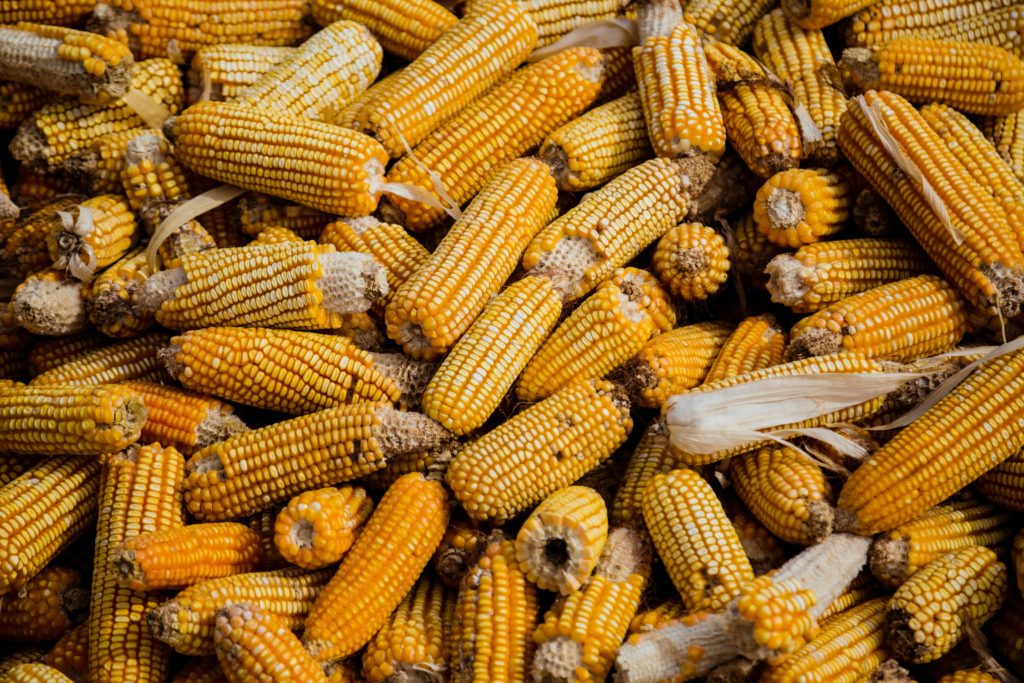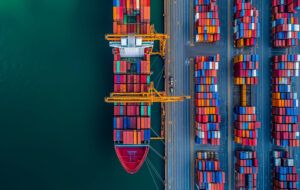
Blog
No, the Food Supply Chain Hasn’t Failed — Yet
There is a patently false notion being put forward in Washington circles that the food supply chain failed in the wake of the pandemic. The implication that Americans have gone without defies both the data and what consumers see when they shop for essentials and undermines the contributions of the dedicated employees who worked overtime and weekends to people had access to products they depend on.
We all remember the beginning of the pandemic, as panic took hold and consumers cleared store shelves. But the consumer packaged goods companies that makes food, beverage, household cleaning and personal care products quickly overcame the initial shock to its supply chains. We have not seen empty store shelves since, a testament to the tenacity and agility of the industry.
Almost overnight, the CPG industry changed how it did business. Employees kept facilities running overtime. Product was sent directly to the retailer instead of via distribution centers. Just-in-time delivery — the erstwhile gold standard of efficiency — was jettisoned in favor of building supply chain resiliency. Everything focused on delivering for the consumer.
Perhaps the most incredible result of responding to relentless demand is that the supply chain didn’t break.
Consumer needs have only grown. Demand for CPG products was 8.7% greater in the second quarter of 2021 than the same time period the year before — all pandemic months. It’s only continued to grow as we’ve entered the third quarter, most recently up 9.8% year-over-year in September. Perhaps the most incredible result of responding to this relentless demand is that the supply chain didn’t break.
That is not to say the supply chain is perfect. Far from it. The industry continues to be hit by a barrage of supply chain issues that it cannot solve alone. The government can and must be a partner in alleviating some of the pressure on the supply chain, particularly when it comes to costs and labor.
The cost of everything from ingredients to make goods to transportation to ship them has skyrocketed. The September Producer Price Index — which measure the wholesale cost of inputs to make products — set another record, with an increase of 8.6% year-over-year. The trickle down of high costs on companies is starting to hit consumers too, as the September Consumer Price Index rose to 5.4% from the year before.
Rising prices are the result of high demand and a serious labor shortage. The CPG industry is human-powered and only as strong as its workforce. But with only 5,000 jobs added last month and nearly 140,000 openings, there is a significant gap in the number of employees needed to deliver for consumers. The industry has raised wages — in the case of our facilities jobs by more than 7% — but that hasn’t affected the employment picture.
The food supply chain has not failed. But we cannot blindly assume failure is impossible.
In industries that the CPG supply chain depends on the situation is just as challenging — if not worse. The trucking industry added only 2,500 jobs despite an estimated 80,000 openings.
Federal and state governments need to take an honest look at what they can do to grow the labor pool. Americans depend on CPG products and can’t afford to have potential workers sitting on the sidelines of employment. Whether it’s creating greater capacity by easing truck weight restrictions or incenting greater workforce participation by offering childcare and family support programs, there should be no limit on the opportunities to get more Americans employed.
The food supply chain has not failed. But we cannot blindly assume failure is impossible. The CPG industry is constantly looking for opportunities to better deliver for consumers. The government stepping up as a partner in strengthening supply chains is one of those opportunities.
Published on November 3, 2021



